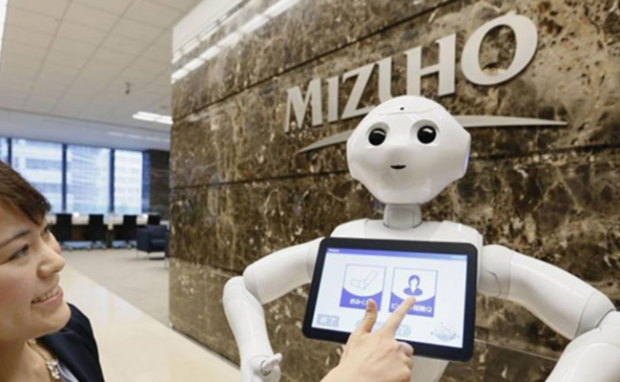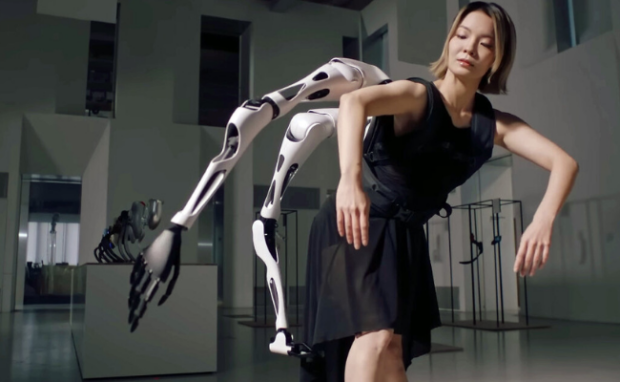Japanese city uses robots to help anxious kids return to school
The COVID pandemic had a disastrous effect on Japanese schools, raising the number of students not attending classes. In response, Kumamoto City proposed a unique solution: robots. It will launch a pair of robots enabling students to attend school remotely. The local government hopes looking through these machines will help kids return to classes.
The increased awareness of mental health issues enables societies to provide solutions. Attending class as a robot seems strange, but it might be an effective solution for extreme cases. After all, we’ve only started publicly discussing psychological issues recently. Also, this application could be interesting to explore if you’re a robotics enthusiast.
This article will discuss Kumamoto City’s new plan to deploy school robots. Then, I will discuss other Japanese robotics projects like Archax and Jizai Arms.
Why deploy school robots?

Photo Credit: cnn.com
SoraNews24 explained why the Kumamoto City Board of Education wanted to help anxious kids with school robots. The education organization said 2,760 elementary and middle school children weren’t at school in 2022.
That is twice the 2018 record, so the board proposed to “place robots in classrooms that can be controlled remotely by students who haven’t been attending classes.” Consequently, the machines may ease children into attending school again.
The Board of Education claims that “stress, anxiety, and other social, psychological, or emotional issues” prevent these kids from interacting with their peers. One of its spokespersons said, “There are some students who have trouble communicating but have not rejected it entirely.”
You may also like: OpenAI is developing ChatGPT robots
“These robots provide a way to lower the hurdle to participating in quasi-experiences [with their classmates], and we hope that will then encourage them to take the next step [towards returning to attending class in person].”
SoraNews24 wondered how the project could be in real life. After all, “a robot mixed in among the desks in a classroom or cruising down a hallway is going to attract attention from other students, which seems like it would be the opposite of what a child with anxiety would want.”
Still, students had positive feedback regarding the new virtual classrooms in Kumamoto schools, which is similar to attending classes as a robot. The Guardian said it helped a student with their self-esteem issues, and another said they became less anxious when communicating with others.
What are Japan’s other robotics projects?

Photo Credit: designboom.com
The Land of the Rising Sun has other robotics developments. For example, the country became trending online after it unveiled its 15-foot-tall transforming robot.
Archax is the flagship project of the startup Tsubame. If you like giant robots from movies, you’d be glad to know you can pilot Archax like a vehicle!
It has a cockpit in its torso, similar to the robot sci-fi shows like Gundam and Voltes V. Also, it has two modes: “vehicle” and “robot.” The first spreads its four wheels so that you can drive it like a car.
Its top speed is 6 mph or 9.65 kph. That might seem slow for practical use, but it’s enough for an initial model. Then, switching to robot mode contracts the wheels so that Archax can stand taller.
It reduces the speed to 1.2 mph or 1.9 kph but raises the height to 14.8 feet or 4.5 m. More importantly, it lets the pilot control the arms, hands, and fingers.
The limbs can grab and lift objects up to 15 kg or 33 lbs. However, you might not snag a ride soon due to its $2.5 million price tag. Still, it could help develop robotics applications for space development and disaster recovery.
You may also like: The best tablets for kids
Jizai Arms is another Japanese robot experiment. The University of Tokyo created them to see how people respond to having cyborg arms. These limbs mimic your arm, hand, and finger movements.
They attach to a power source backpack that accommodates four simultaneously. You can control them remotely, so the researchers borrowed each others’ Jizai limbs and manipulated them.
Surprisingly, respondents became so used to having robotic arms that they felt “resistance” when they removed them. As a result, the researchers concluded humans have the potential to have cyborg enhancements.
Conclusion
The Japanese city of Kumamoto plans to deploy robots to enable students to attend school remotely. SoraNews24 says they may go into service in November 2023.
The City Board of Education will evaluate the school robots’ impact to decide whether to continue or expand the program. Still, attending school in person is significantly more effective than relying on virtual tools.
The board will only put a pair of robots in each school, which would probably be exclusive to extreme cases. Learn more about the latest digital tips and trends at Inquirer Tech.